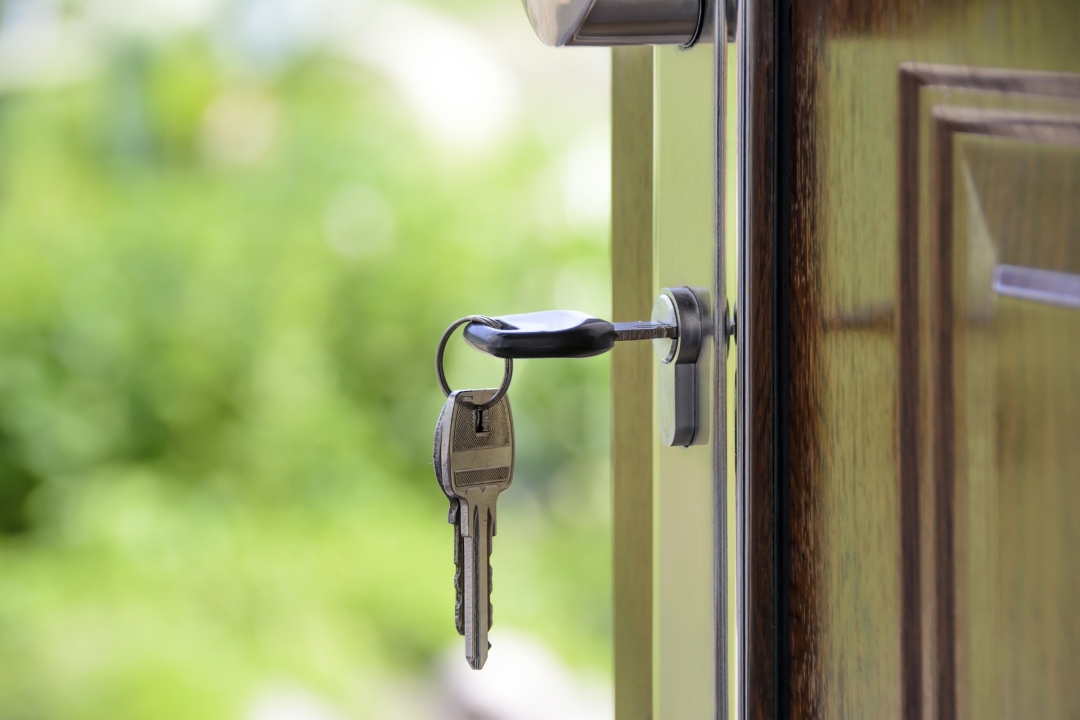The road to Home ownership past Insolvency is often misunderstood. You have probably been told by both your nosy neighbor & your omniscient hairdresser, that you cannot buy a property for 7 years after filing for bankruptcy and 3 years after completing your Consumer Proposal.
With little to no knowledge on the subject, you are likely to believe such statements. However, we’d like to clarify that not only are such statements misleading, but blatantly they are blatantly wrong! In the following paragraphs, we would like to discuss the following three scenarios for you to consider & use if you have been recently discharged and are looking towards home ownership:
First, we would like to discuss buying a home with minimum (5%-10%) down payment using CMHC insurance.
Secondly, it’s also important to discuss other alternatives (typically requiring 10-20% down payment) available for home purchasers where mortgage insurance (CMHC/Genworth/Canada Guarantee) is not available.
Last but not least, we are going to touch on refinance as well.
We hope that by the end of this article you have a clear understanding of all the options available to you on your upcoming mortgage transaction.
1. CMHC (aka Canadian Housing & Mortgage Corporation) is a regulatory body that governs the mortgage industry in Canada. If you are looking to buy with minimal (5-10%) down payment, you would need to qualify for CMHC insurance in order to obtain a mortgage approval. CMHC essentially plays a role of a gatekeeper making sure that all high ratio mortgages maintain a certain level of quality when underwritten by the Lender.
The main reason a majority of mortgage applications die during their very early stages is because of CMHC. Reasons CMHC can decline can vary from negative net worth, insufficient employment status, lack of recent credit activity, as well as an abundance of negative credit information.
Although a consumer proposal or a bankruptcy record may be CMHC prohibitive in their early stages, the effect both have on your ability to borrow can be minimized. First and foremost, you must complete your insolvency order. Once you have obtained an absolute discharge or a certificate of completion, you would need to clean up your credit bureau records with all active credit reporting agencies. You can always engage a company like RECI to effectively guide you through this time-consuming process of re-establishment.
After you have confirmed all the changes in writing, CMHC requires you to obtain 2 reporting trade lines (totalling > $2,500) & maintain a clean record on both for 24 months moving forward. If followed, these guidelines fulfil CMHC’s requirements for re-established credit & will allow you to purchase a property with minimum (5-10%) down payment. Here are some important things to keep in mind:
- Bankruptcy records stay on your credit bureau history for (7) years while Consumer Proposals are only kept for (3) years.
- Cleaning up your records with Credit Bureau Reporting Agencies is not the responsibility of your Trustee or Superintendent of Bankruptcy.
- CMHC will insure consumers with past insolvency records only if all guidelines for re-established credit have been followed closely.
It’s worth mentioning that there are lenders who have flexible lending criteria and lend to those recently discharged. As long as CMHC agrees to insure your mortgage with minimum down payment, there is a number of banks who will lend on your new mortgage. If you are looking for more information on re-building your credit score through one of our programs please apply on our front page.
2. Ideally you would want to get involved with mortgage financing once your credit history and score have both been rebuilt up to a CMHC acceptable standard. However, there are circumstances which would require one to close on a mortgage in a less favourable situation.
- When CMHC says ‘No’, your minimum down payment requirement goes up-to 10-20%.
- Don’t forget about the closing costs, they are still required prior to funding in the amount of 1.5% of the loan amount.
There are a number of B Lenders that will consider lending you the mortgage at slightly higher interest rate (between 3.99%-5.99% depending on the length of your term). While CMHC insurance products can be only amortized for (25) years on all the high ratio products, most B mortgage products are amortized over 30-35 years, which still allows for an affordable monthly payment even at a higher rate of interest. We highly recommend you engage an experienced mortgage broker who specializes in B Lending Products, to ensure you get the best of what’s available on the market at the moment of application.
These products are usually treated as temporary solutions only, as ultimately, you should still be looking to re-establish your credit history properly to eventually qualify for the best interest rates.
3. If you were able to keep your home during insolvency, a refinance without properly re-established credit could be expensive, but not impossible. Once again, you would only be able to qualify for B Lending Products and higher interest rates until your credit is re-established as per CMHC guidelines.
- It’s wise to start re-establishing immediately upon receiving your discharge.
- Regardless of how much re-establishing you are going to get done before your refinance comes due, you will be in a much better position than if no re-establishing efforts have been made.
- Since your original insolvency filing, the equity in your property has likely gone up. It’s possible that you may be able to get a conventional refinance arranged at 80% LTV and reasonable rates.
Conclusion: Although filing an insolvency order has its consequences, we hope that this article provides some clarity to those looking to: a) buy their first home / second home; b) refinance their existing mortgage.
If you still have questions/comments on any of the information written above please feel free to get in touch with us.













